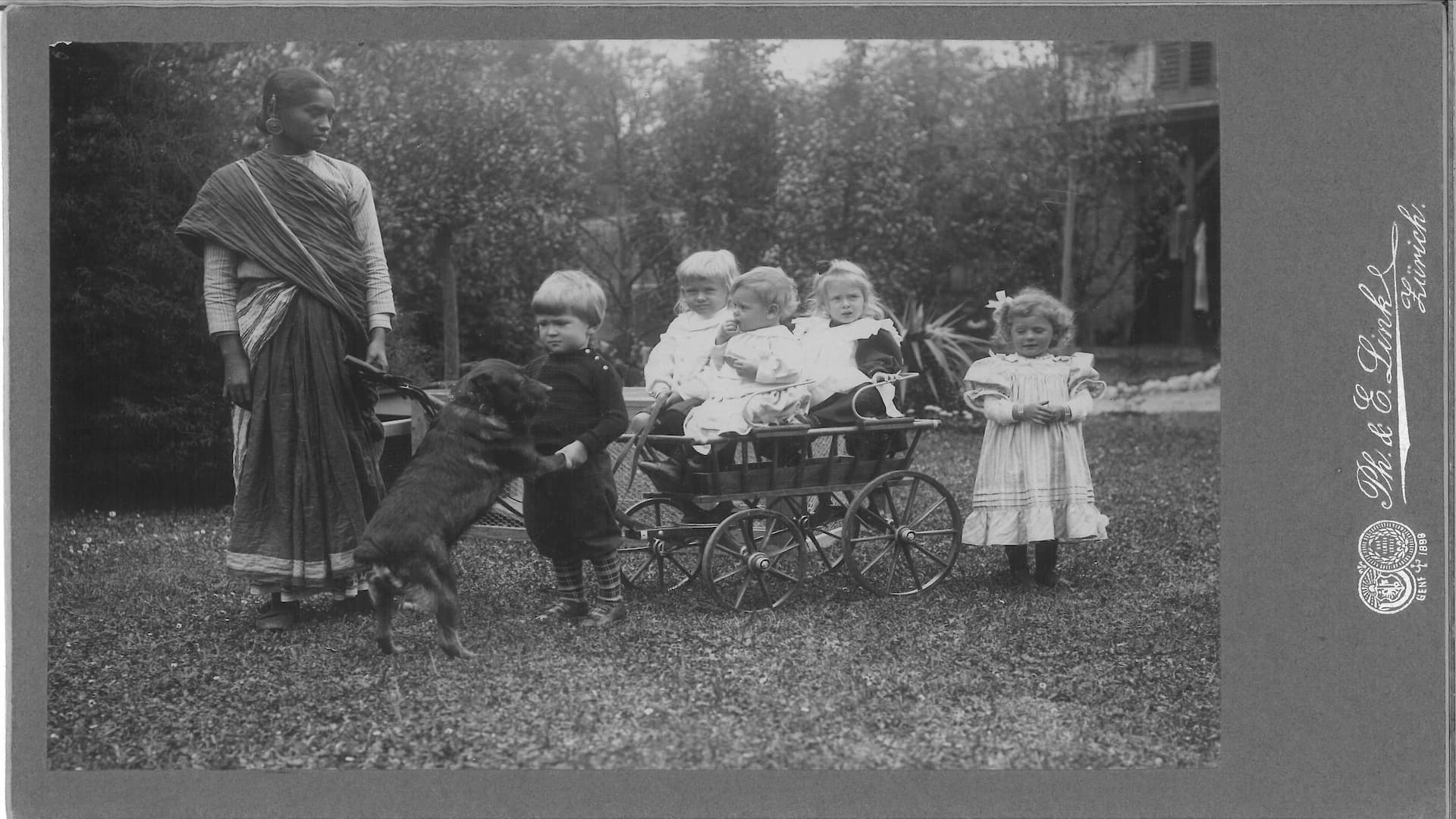September 19, 2022
The stories of Indian and Chinese nursemaids brought to life in new exhibition
New online exhibition at the cutting edge of digital histories
The stories, memories and histories of Indian, Chinese and other Asian nursemaids who travelled across the British Empire are the focus of a new online exhibition.
A team of five, including two University of Wollongong (UOW) historians, helped develop Ayahs & Amahs: Transcolonial Journeys to explore the lives and experiences of the world’s earliest global domestic workers in the 19th and 20th centuries.
Ayahs and amahs work of caring for children was considered vital to colonial and imperial projects and they helped shape the interconnected world we live in today.
Chief Investigator, Associate Professor Claire Lowrie, from the School of Humanities and Social Inquiry said the exhibition is at the cutting edge of digital histories.
“The exhibition not only explores the lives of Chinese and Indian women that travelled across the British Empire as carers to children, it also charts how objects related to the women, such as photos, postcards, dolls and paintings, also travelled across the world,” Associate Professor Lowrie said.
“It’s a very innovative exhibition that allows visitors to engage with the objects in different ways, for example via StoryMaps. These are digital maps that visitors can click on to follow the travels of women, such as Wong Chun Sung, and artefacts, such as ayah and amahs dolls.”
The online exhibition is part of a broader Australian Research Council Discovery Project shared by the University of Wollongong and the University of Newcastle. Ayahs and Amahs: Transcolonial Servants in Australia and Britain 1780-1945, brings together prominent historians from Australia and the US to research the transcolonial origins of global migrant domestic work.
Website developer and exhibition curator Dr Lauren Samuelsson is a UOW graduate and Honorary Fellow. She has a passion for making history accessible and for telling stories through digital technologies.
“Online exhibitions have been growing in popularity over the last few decades and the COVID-19 pandemic has established the online exhibition as an alternative to physical exhibitions,” Dr Samuelsson said.
“Online exhibitions can present objects and their associated narratives in endlessly creative ways which allow the audience to interact with and engage with our history in the digital space.”
But creating an online exhibition on this scale is not without its challenges.
“Not only does the exhibition need to be interesting and interactive, it needs to provide enough direction for visitors so that the experience is engaging and follows a narrative,” Dr Samuelsson said.
“There are also various technical considerations including making the exhibition available on various devices, as well as challenges in obtaining permissions to publish the images, and financial costs in obtaining/reproducing the images.”
Despite the challenges involved, Dr Lowrie said the finished product enables the stories of travelling ayahs and amahs to be told globally.
“Our purpose in creating an online exhibition was to ensure that stories of the travelling ayahs and amahs can be shared across the world, reaching the places that the ayahs and amahs came from and the destinations to which they travelled,” Associate Professor Lowrie said.
“The contested history of imperialism and colonialism continues to evoke strong emotions in public discourse.
“In seeking to demythologise and historicise these colonised women workers, the exhibition and the broader project is intended to inform a wider public appreciation and understanding of this complex past, not only in Australia but also in Britain and Asia.”
“At a time of rising racial fears and prejudices both globally and nationally, this project offers new insights into a shared cross-cultural history in this country, strengthening Australia’s social and cultural fabric, and providing opportunities for positive international cultural initiatives.”
More information
The online exhibition Ayahs & Amahs: Transcolonial Journeys will run until 8 June 2023 and can be viewed here: https://www.transcolonialjourneys.com/
More information about the ARC project Ayahs and Amahs: Transcolonial Servants in Australia and Britain 1780-1945 can be found here: https://ayahsandamahs.com/
Images from the exhibition are available for media use and can be downloaded from Dropbox
Images of amahs that came to Australia during World War II can be found at the State Library of New South Wales (these photos are in the public domain)
